Welcome to another fascinating journey into history! We’ll talk about Barbados’ battle for freedom from British colonial domination today. Barbados independence!
We must first provide a quick summary of Barbados’ colonial history to comprehend the narrative of its independence completely. The British first claimed Barbados in 1625, and it became a colony in 1627.
Over the centuries, the British exploited the island for its lucrative sugar industry, built on the backs of enslaved Africans.
When the 20th century came along, change began to take hold. Following World War II, colonial empires started to fall apart, and numerous colonies battled for independence. It was in this context that Barbados began its own struggle for self-rule.
The Early Days of the Independence Movement
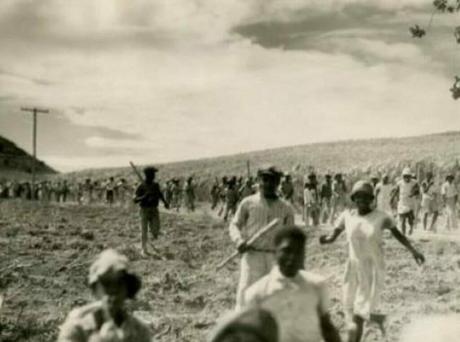
The road to independence for Barbados was long and gradual. Here are some key events and figures that shaped the early days of the movement:
1930s: Social and Political Unrest – The Great Depression hit Barbados hard, leading to widespread unemployment and suffering. This unrest laid the groundwork for the political mobilization that would follow.
1937: The Riots – In June 1937, Barbadians took to the streets to protest poor living conditions and demand better wages.This incident, often known as the “1937 Riots,” signaled a shift in the political climate of the island.
Grantley Adams – Adams, one of the pioneers of the Barbadian independence movement, rose to prominence by pushing for social and political change.
Post-WWII Developments
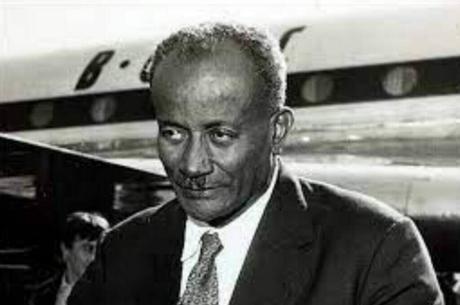
Following World War II, both the world and the Barbados independence movement underwent a transformation. Here are some crucial milestones:
1944: The Barbados Labour Party (BLP) – Founded by Grantley Adams, the BLP played a pivotal role in pushing for self-government and independence.
1951: Universal Adult Suffrage – A major victory for democracy, this change allowed all Barbadians over the age of 21 to vote, regardless of their income or property ownership.
1954: Full Internal Self-Government – Barbados achieved a significant level of autonomy, but the British still retained control over defense and external affairs.
The Final Push for Independence
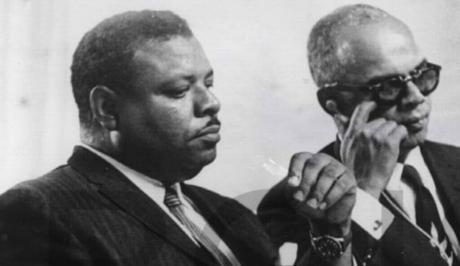
With the groundwork laid and a taste of self-rule, Barbadians were eager to take the final steps toward full independence. Here are the events and people who brought the dream to fruition:
Errol Barrow
Barrow, a pivotal player in the independence struggle, took over as Democratic Labour Party (DLP) head in 1955. As a charismatic and forceful leader, Barrow led the charge for Barbados’ complete independence.
1961: Federation of the West Indies
The short-lived federation was an attempt to unite the British Caribbean colonies. However, it soon dissolved, paving the way for individual independence movements to gain momentum.
1966: Barbados Gains Independence
On November 30, 1966, Barbados finally achieved its independence from British colonial rule. Errol Barrow became the first Prime Minister of the newly-independent nation.
Key Political Figures: Grantley Adams and Errol Barrow
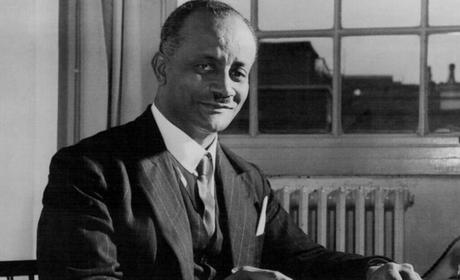
Grantley Adams
Grantley Adams, one of the leaders of the Barbadian independence movement, had a significant role in promoting political and social reforms. He promoted progressive measures as the Barbados Labour Party’s (BLP) leader, including the provision of free education and the imposition of a minimum wage.
Under his leadership, the BLP secured several important victories, including universal adult suffrage and full internal self-government.
Errol Barrow
A charismatic and forceful leader, Errol Barrow played a crucial role in the final push for Barbadian independence. As the Democratic Labour Party’s (DLP) leader, he pushed for complete independence and outlined a detailed plan for a self-governing Barbados.
Barrow’s unwavering determination and leadership ultimately led to Barbados achieving its independence on November 30, 1966, with Barrow becoming the first Prime Minister of the newly-independent nation.
Influences from Global Independence Movements
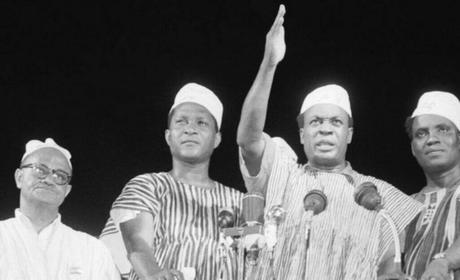
The Barbadian struggle for independence was not an isolated event. During the middle of the 20th century, many colonies around the world, mainly in Africa and Asia, fought for independence.
The aspiration to end colonial tyranny and the quest for self-determination were among the common objectives of these movements.
These global movements undoubtedly influenced Barbados’ fight for independence, as the island’s leaders drew inspiration from the successes of other nations.
As an illustration, the decolonization of India in 1947, Ghana in 1957, and many other African nations in the early 1960s showed that freedom was possible despite what seemed to be insurmountable obstacles. These events fueled the determination of Barbadian leaders and the populace, strengthening their resolve to achieve self-rule.
Celebrating Independence: The Legacy of the Struggle

Barbados’ path to independence is evidence of its people’s tenacity and tenacity. Today, the island nation celebrates its hard-won freedom with pride and joy. Barbadians gather to commemorate Independence Day every year on November 30 with a variety of events, including:
- Flag-raising ceremonies: In recognition of the nation’s autonomy, the Barbadian flag, which features the trident emblematic of the island’s independence from colonial domination, is flown high.
- Parades and street parties: Colorful parades featuring dancers, musicians, and performers fill the streets, showcasing the vibrant culture and spirit of the island.
- National Heroes Day: This special day honors the ten National Heroes of Barbados, including independence movement leaders like Grantley Adams and Errol Barrow, for their significant contributions to the country’s development.
The Enduring Impact of Barbados’ Independence
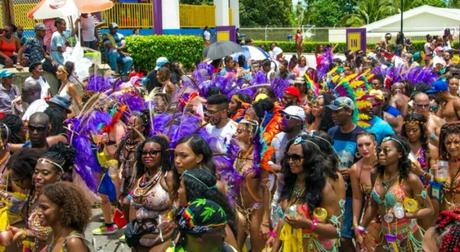
The fight for independence had a lasting impression on Barbados and its inhabitants. Here are some ways the fight for self-rule continues to shape the island nation:
Strong democratic traditions: Barbados has maintained a stable democracy since independence, with regular, free, and fair elections ensuring that the voice of the people is heard.
Regional leadership: Barbados, one of the first Caribbean countries to obtain independence, has been a pioneer in the area, promoting Caribbean collaboration and solidarity.
Economic diversification: Barbados has worked to diversify its economy, moving away from a sole reliance on sugar production and embracing sectors like tourism, finance, and technology.
Impact of Independence on Barbadian Society

Race relations, education, and women’s rights were just a few of the many facets of Barbadian society that were significantly impacted by the battle for independence.
Race Relations
The independence movement, led by predominantly black political figures, helped to empower the black majority and challenge the racial hierarchy that had been entrenched during colonial rule.
After gaining independence, a new age began in which Barbadians of various racial backgrounds could participate in politics and contribute to the advancement of their country.
Education
The push for independence coincided with efforts to improve and expand education in Barbados.
As mentioned earlier, Grantley Adams was a strong advocate for free education, which was eventually introduced in 1962. This policy change allowed more Barbadians, regardless of their
FAQ
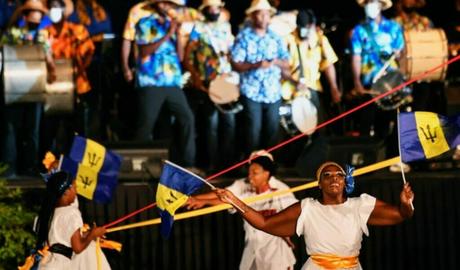
How Did Barbados Get Their Independence?
Barbados gained independence through a gradual process of political and social reforms, led by key figures such as Grantley Adams and Errol Barrow. After World War II, the push for independence gathered traction, and on November 30, 1966, complete independence from British colonial administration was achieved.
When Did Barbados Become An Independent Country?
On November 30, 1966, Barbados attained its independence, bringing an end to British colonial control and ushering in a new era for the island nation.
Who Gave Barbados Independence?
Barbados gained independence from the United Kingdom, with the British government granting the island nation full sovereignty after a long and determined struggle for self-rule by Barbadian leaders and the populace.
What Is Barbados Independence Status?
Barbados is an independent sovereign nation, having achieved full independence from British colonial rule on November 30, 1966. The nation belongs to the Commonwealth of Nations and upholds a democratic political system.
What Are Some Facts About Barbados Independence?
Some facts about Barbados independence include:
(1) the island’s first Prime Minister was Errol Barrow, a key figure in the independence movement; (2) Barbados achieved internal self-government in 1954, before gaining full independence; (3) the national flag of Barbados features a broken trident symbolizing the break from colonial rule; and (4) November 30th is celebrated annually as Independence Day.
How Long Did It Take Barbados To Gain Independence?
Key turning points in the process of achieving Barbados’ independence included the 1937 Riots, the founding of the Barbados Labour Party in 1944, and the accomplishment of internal self-government in 1954. The culmination of these efforts led to full independence on November 30, 1966.
Recap: A Story of Perseverance and Triumph

The narrative of Barbados’ independence demonstrates the strength of a united people and unshakable resolve. Barbados’ residents struggled for their right to self-determination from the earliest stages of social and political upheaval to the ultimate push for it.
The island nation is a bright example of the strength of tenacity and the triumph of independence today, standing as a proud and vibrant testimony to the fortitude and spirit of its people.
So, as we come to a close to exploring the intriguing history of Barbados’ war for independence, we hope you have a greater understanding of the tenacity, bravery, and will of this beautiful Caribbean country.
You will now carry with you the chronicle of Barbados’ people’s struggle for freedom, a saga that continues to influence the island’s present and future, while you enjoy the island’s stunning beaches, lush landscapes, and vibrant culture.

